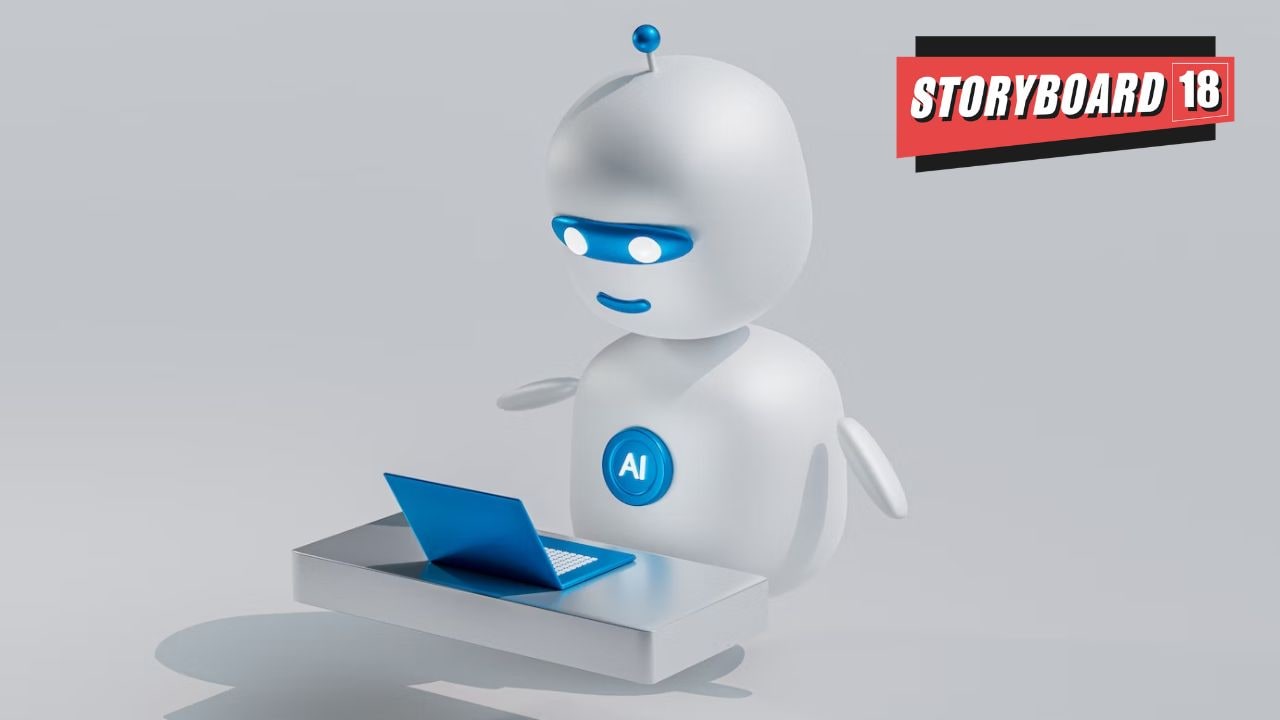“Creative asset variety is key to maximizing your success with AI-powered campaigns. It allows your ads to appear in as many relevant places as possible and gives you more creative options to meet the needs of different customers. New reporting and generative AI features are now available to help you build a wider range of high-quality creative assets that will drive performance,” says Pallavi Naresh, Group Product Manager, Google.
Naresh suggests gaining transparency and understanding how to improve performance max assets with conversion metrics in asset-level reporting,
YouTube videos in placement reporting, third-party verification to help ensure brand suitability on YouTube and Display inventory in Performance Max.
As per Naresh, generative AI image editing will soon expand to all campaign types with improved capabilities like adding, removing and replacing objects within an image. Google is also starting to roll out conversion metrics to Performance Max asset reporting for all advertisers globally to help people understand what’s working well and further optimize their creative.
YouTube video placement reporting for Performance Max is now rolling out as well, helping one ensure that their ads appear in brand-suitable places. If needed, people can use account-level placement exclusions in the content suitability center to stop their ads from appearing on certain videos in the future.
Third-party verification with YouTube brand safety partners is also available now for Performance Max to help you further validate the brand suitability of video placements. And for Display placements, one can request third-party measurement implementation. This allows brands to append pixels from measurement partners to Performance Max campaigns for the purposes of measuring brand safety of Display inventory, similar to what is offered today in Display campaigns.
“Generative AI is a great tool to accelerate your ability to build new creative assets. Still, you’ve told us that performance remains your top priority. We’ve improved our image generation capabilities since our initial launch of asset generation in Performance Max last year. Now, the image generation model found in Google Ads is purpose-built and fine-tuned on advertising performance data to help you generate better images and reach your performance goals faster,” states Naresh.
Google has been expanding these generative capabilities beyond Performance Max to other campaign types. Google added image generation to Demand Gen campaigns earlier in the year. Asset generation is rolling out now in both App and Display campaigns. App campaigns will include enhanced asset reporting to help people make more informed optimization decisions.
According to Naresh, a new workflow in Google Ads will also make it easier to generate images. By adding assets as a new option right in the “Create” menu, brands can get to asset creation workflows faster without having to create a new campaign.
Earlier this year, Google announced partnerships with creative platforms like Canva, Smartly, and Pencil. Typeface will now be joining the fold. Typeface’s integration with the Google Ads API lets people implement assets built with Typeface into brand campaigns.
